Why I still love the Muyshondt Aeon in 2025
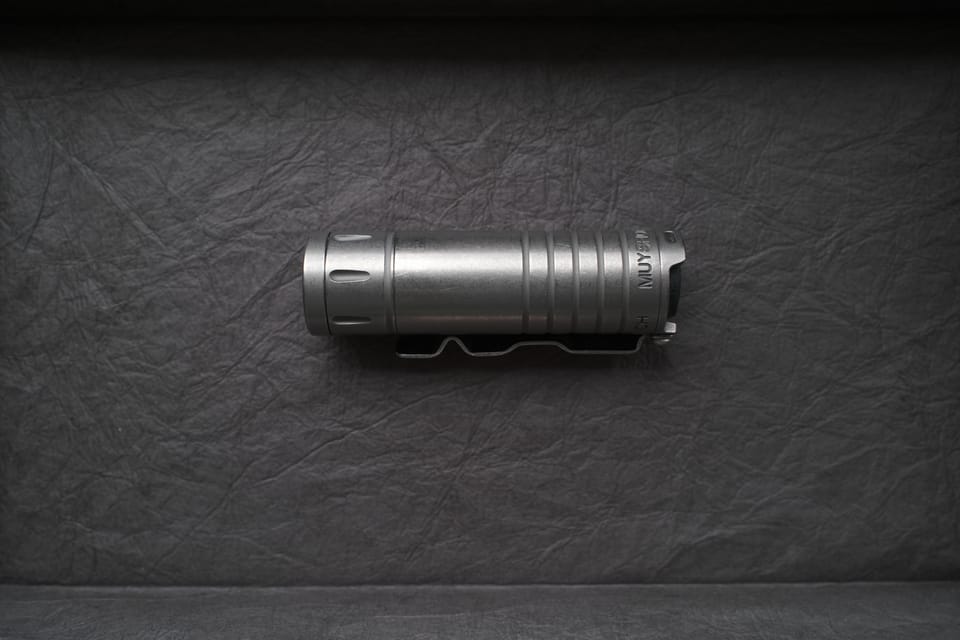
Some product categories create really interesting tensions for designers to solve, and the way their products turn out says a lot about which considerations they prioritised.
Take the pocket torch (flashlight) for example.
- Naturally you want a torch to be bright — its job is to light things up. But not every scenario needs full blast; this is why many torches have different modes, including ‘moonlight’.
- You probably want it to be robust, because torches are used in garages, DIY, camping, rainy dog walks, etc.
- You want it to be small, so it’s easy to take with you in the event of unplanned use (eg looking for an earring under a cinema seat).
- It needs good battery life, because darkness can last several hours 😄. If it runs out, it’s helpful for replacement batteries to be readily available.
- Whatever user interface it has (even as simple as turning it on and off) should be easy to use one-handed, in the dark (duh), potentially even when the torch is wet or the user is wearing gloves. Ideally it should require no prior knowledge or memory of the UI to figure out. Different modes should be reliably discoverable. The torch should never activate accidentally in a pocket, to run down the battery and overheat.
- You probably also want it to be easy and secure to hold, and ideally also to stand on its own without rolling away: torches are used to illuminate tasks that may require two hands.
There are SO MANY tensions in this list of requirements.
Some are caused by the laws of physics. If you have a super bright light, and it’s small and insubstantial, it will get HOT. Hot enough to burn. You need a mass of metal to soak and disperse heat, and many of the turbo pocket rockets lack that mass.
Some tensions are more subtle. Here’s one: the more modes you have, and the more control you give the user, the harder it is to keep the UI simple.
Take Zebralight, for example: a Zebralight like my H32 has a single electronic button to control it. You can turn it on straight into moonlight by pressing and holding the button, or just tap the button quickly so it comes on directly into high. Whatever mode you’re in, you can double click the button to switch into an alternate mode (eg from high to turbo and back again). While the torch is on, you can press and hold and the modes will cycle. Triple-click from off and you’ll get strobe or SOS. Quadruple-click from off and you’ll get a battery readout of voltage via timed flashes, morse code style. I believe you can also quintuple-click the button to lock the button and prevent accidental activation — which DEFINITELY happens with this light.
I personally LOVE the Zebralight UI, because I’ve learned it, and it gives me so much control. But for a beginner, it’s painful. And would you believe, other UIs are even more complex.
There’s another, more fundamental tension that is important for the rest of the blog: if you want a torch that is both bright and has long battery life, it’s probably not going to be SMALL.
And when most non-rechargeable torches are built around AAA, AA or 16340 / 18350 / 18650 batteries, there’s a lower limit to size, particularly in length.
As you can perhaps guess, I find these design constraints fascinating, and I LOVE all the innovations that manufacturers have pursued to extract the maximum value in each dimension. There are torches with screens to help you navigate the interface. Multiple emitters to balance flood and throw output. Manual lockout switches to prevent accidental activation. Programmable drivers that let you customise modes and interfaces. Exotic batteries and emitters that push out more lumens than a car headlamp in a small space. TIR optics that are smaller than conventional reflectors. The list goes on, and there are new models all the time to discover.
But one of my absolute favourite torch designs dates back ten years, unchanged. I have owned this example for at least five (I can’t find my original order email), and it’s still the torch I put in my pocket most often.
It’s the Muyshondt Aeon MkIII in stonewashed titanium, and it looks like this.
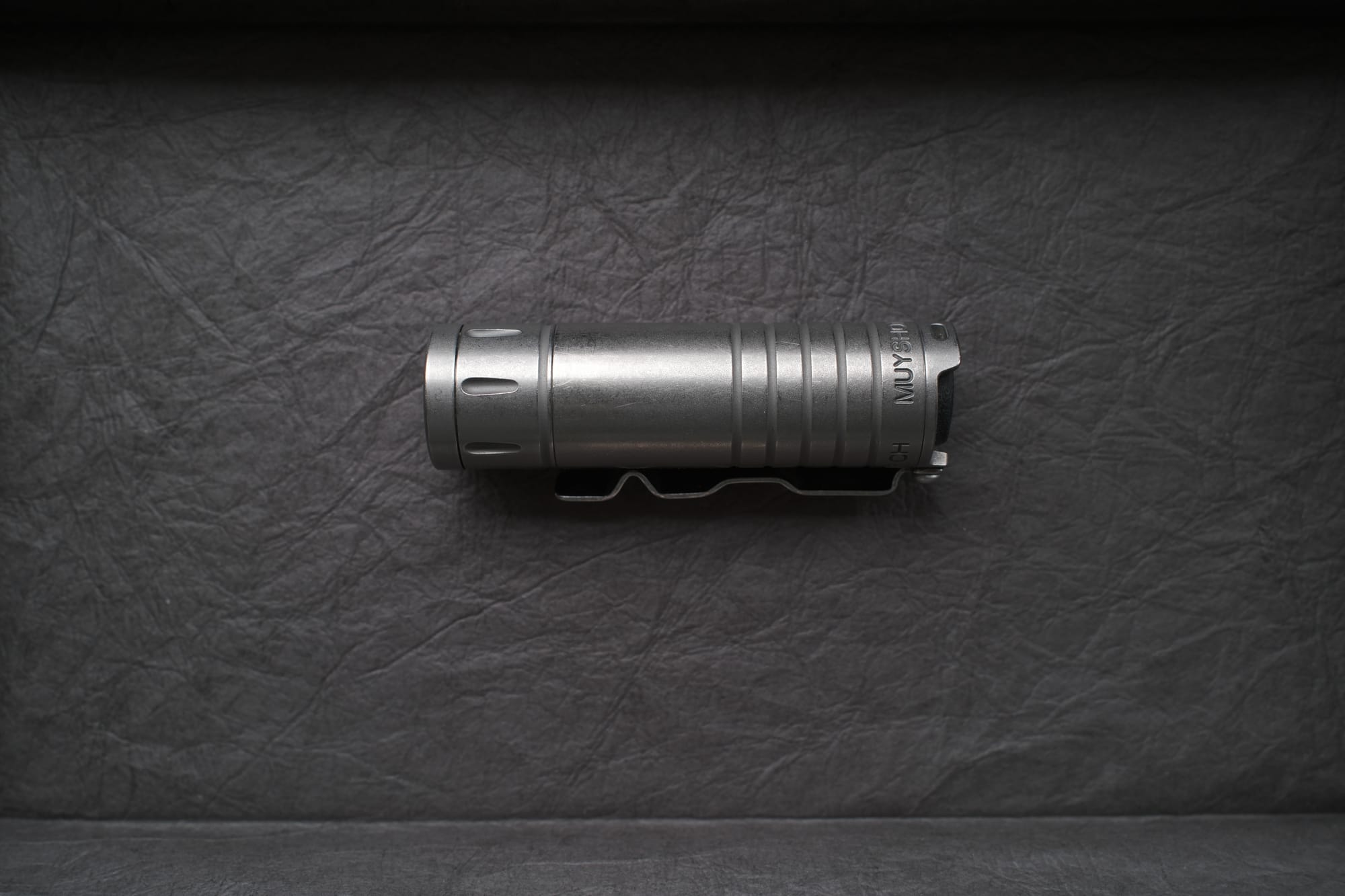
The really interesting thing about the Aeon is that it uses a CR2 battery. In the old days, this is what we used to put in film cameras to power the flash and auto winder; nowadays I don’t have anything else in my house that takes CR2s — but since they’re non-rechargeable lithium batteries, they last for a decade plus and I have a huge stash.
CR2s are TINY. Unlike AA and AAA batteries, they are squat and short, so even when you stick a lens and driver and button and all that other stuff in line with the battery, you still end up with a torch that is barely longer than a naked AA battery, and certainly shorter than any AAA- or AA-powered torch.
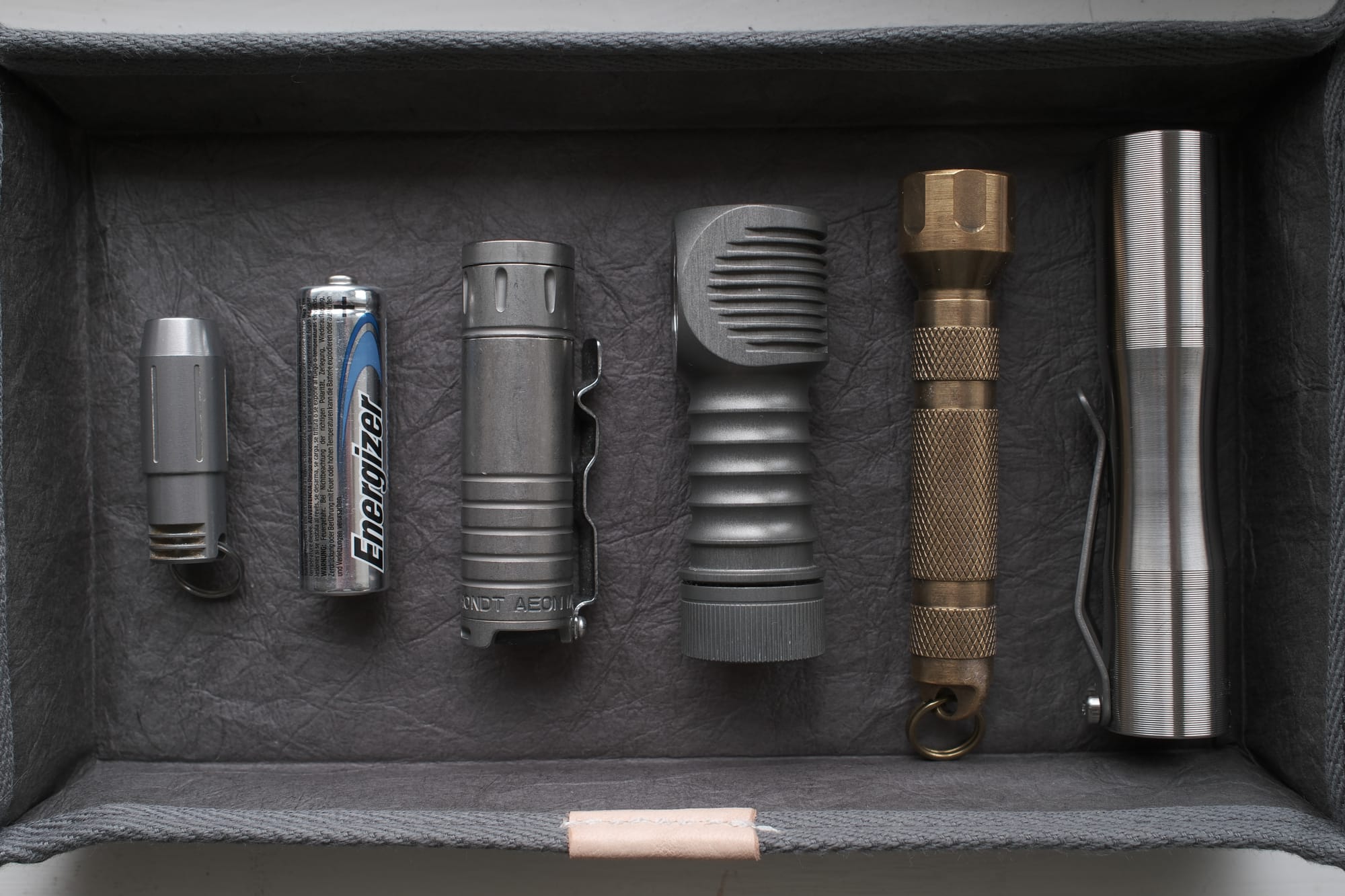
I have other tiny torches, including some like that Veleno DD on the left in the picture above that use the miniscule 10180 battery. They all have massive compromises: barely adequate output, tiny battery life, and crap interfaces, like twisties or the temperamental QTC material (worth a google).
The Aeon doesn’t have any compromises.
- It’s ruggedly built out of Titanium. It’s waterproof, and I have not the slightest fear of it ever letting me down. Even the clip is as snug as it was when I bought it.
- It has a tactile, full-size clicky button on the rear, which doesn’t obstruct tailstanding, and absolutely never activates accidentally.
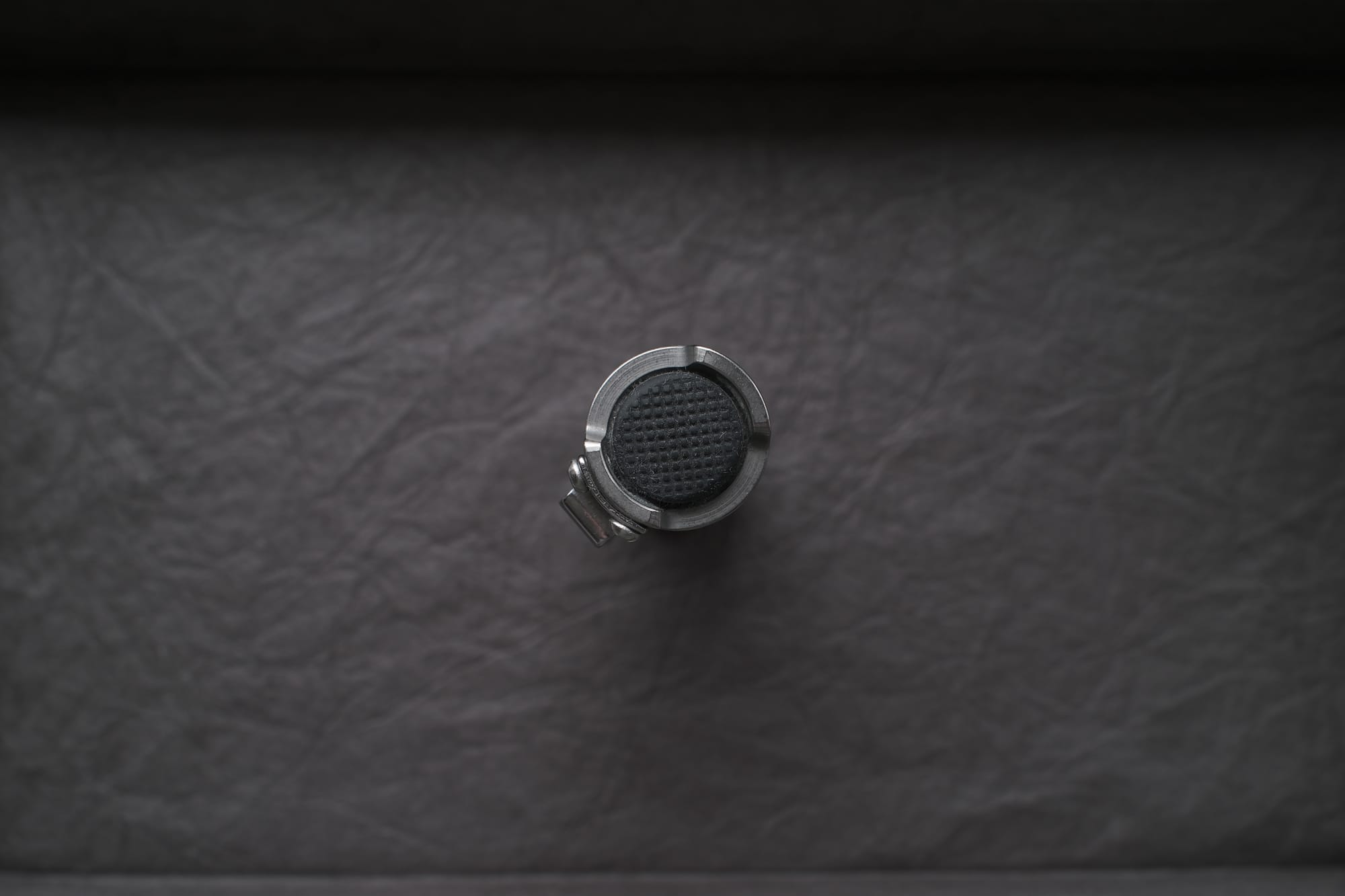
- It has three modes, L-M-H, with the low not quite a moonlight, and the high good enough for finding something in a dark garden. You can cycle these modes with a ‘reverse’ clicky, which means you cycle the modes after clicking on the button, with a half press. It always starts in low, which is best.
- The emitter has a great tint, and the orange-peel reflector shapes a great beam. No complaints.
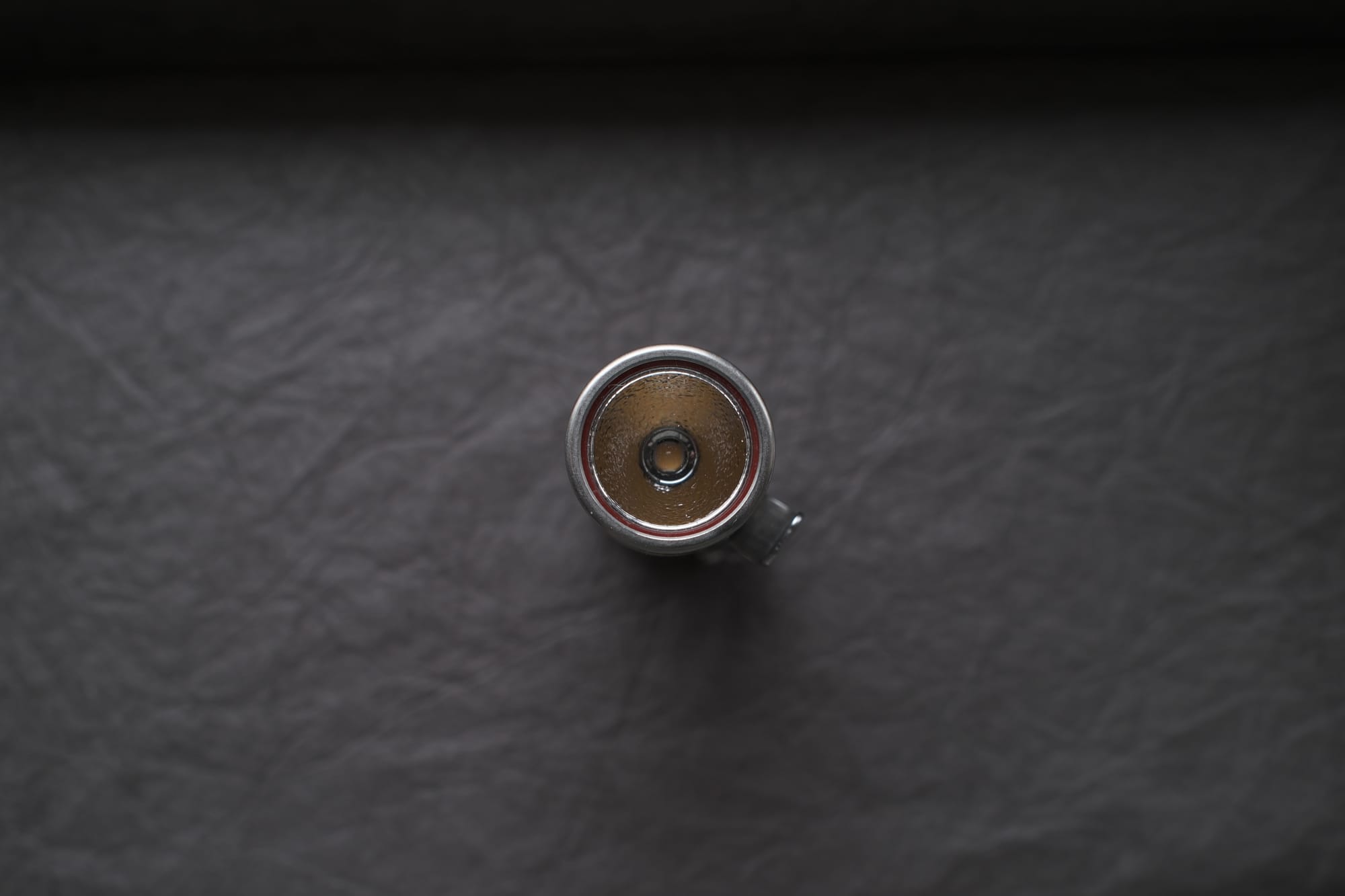
- Aesthetically, it’s rugged, attractive, and very well finished, with deep engraving and rounded edges that make it grippy but not grabby.
- All the components are quality. Silicon O-rings, coated sapphire lens, gold contacts.
These things all make the Aeon exceptionally easy to live with. It just works.
It’s the SIZE that makes me pick up the Aeon, and carry it so often. It actually fits into a coin pocket, easily. But there are other torches that are this small, or smaller. It’s only because the Aeon manages to be this small, with so few significant tradeoffs, that I love it so much.
If the button activated in my pocket, or the tint was garbage, or it used a rechargeable battery that never seems to hold a charge, or if the clip kept bending, or any number of other problems that I’ve faced with other torches… the Aeon would be in a drawer. But it is flawless.
Now there’s one thing I haven’t mentioned so far: price. You can get a torch for a few quid. You can get a great torch for £100. The Aeon Ti is FOUR HUNDRED AND FIFTY POUNDS. £450. Half a grand. For a ten year old design in a competitive market. (By comparison, the very well respected Titanium Apollo flashlight on the right of the tray above is $299.)
All I can say to that is: buy once, cry once. I’ve owned the Aeon for at least 1,500 days. I have no reason to think it won’t last another five years. I’ll happily pay 30p per day to use something this good.
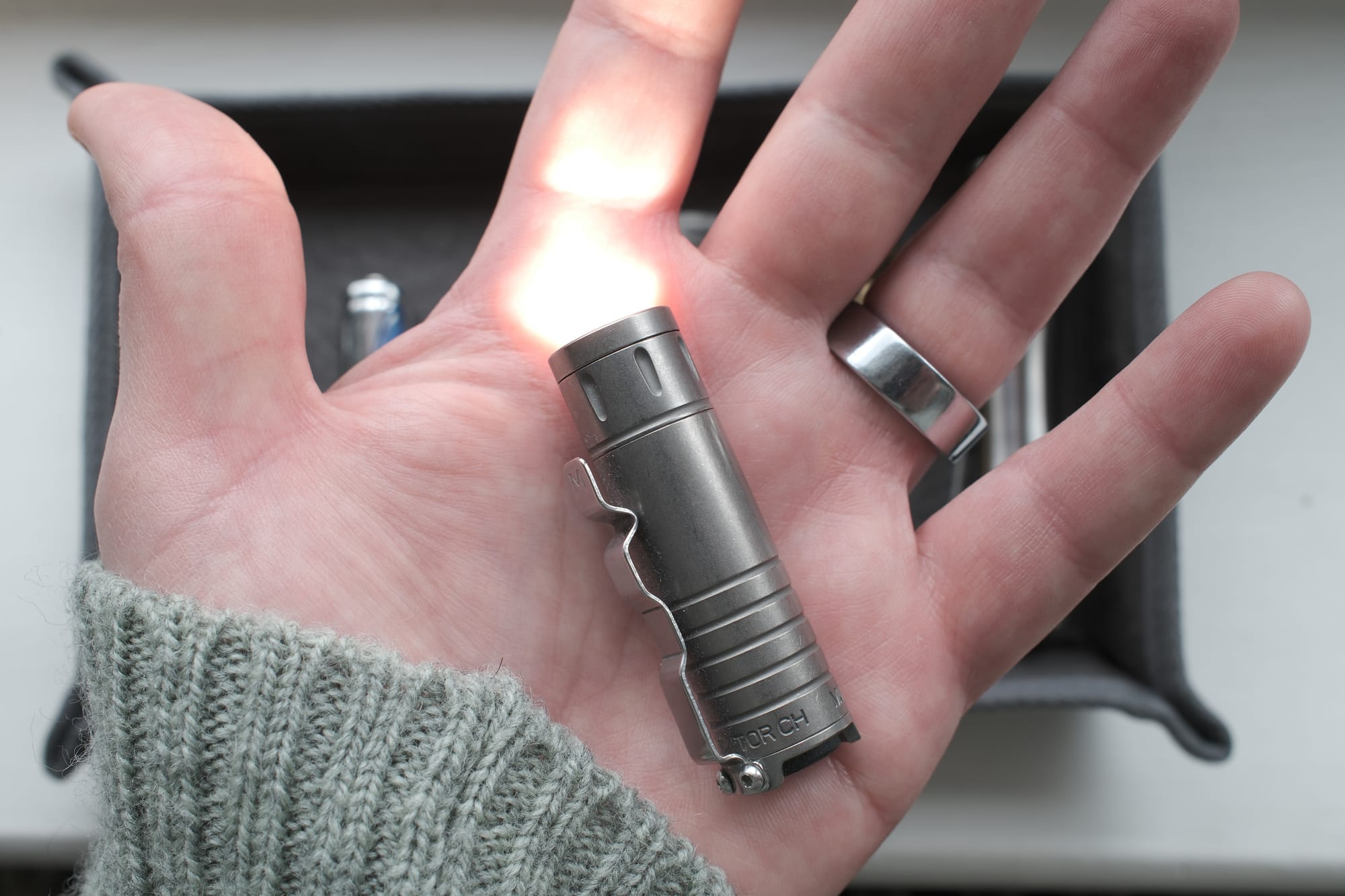
You can learn more on the frankly overblown Muyshondt website here.
Member discussion